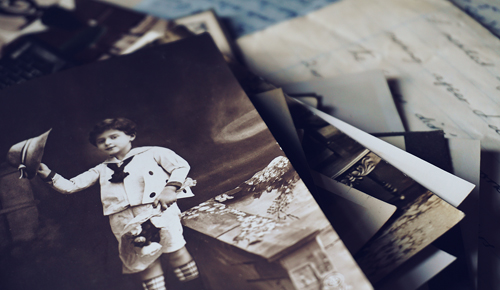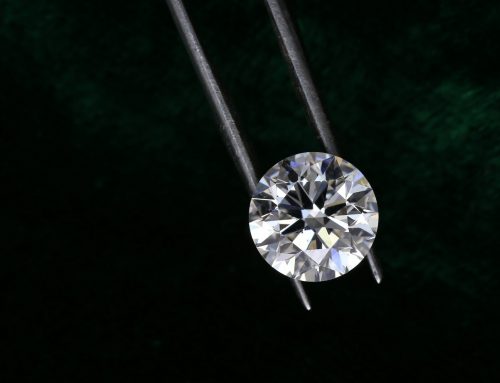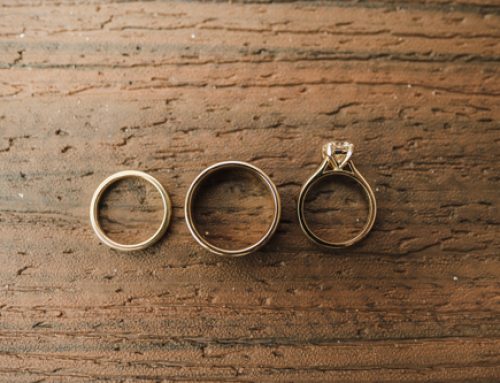How To Create and Maintain Enduring Family Heirlooms
Heirlooms provide a legacy for a family, allowing family members to connect across generations. They can preserve the memory of family members who have passed, commemorate notable events, and encourage new generations to learn about their family history. Heirlooms may even be used to symbolize family values and achievements. However, it can sometimes be a challenge for a family to maintain and keep track of heirlooms over many generations.

Good Options for Family Heirlooms
Anything can become a family heirloom, but some common choices include:
- Necklaces;
- Bracelets;
- Earrings;
- Brooches;
- Signet rings;
- Engagement rings;
- Wedding rings;
- Hair combs;
- Furniture;
- Statues;
- Vases;
- Cutlery;
- Dishware;
- Diaries;
- Letters;
- Recipes;
- Paintings;
- Photographs;
- Coins;
- Clocks and watches;
- Vintage textiles;
- Books;
- Weapons;
- Instruments;
- Clothing items.
Essentially, anything that can be preserved and has sentimental or historical value is a good choice for a family heirloom. When choosing an heirloom to pass down, remember that items made out of durable materials like silk or tungsten are ideal. Such items are less likely to tear or tarnish.
How To Keep Family Heirlooms in Good Condition
If you want an heirloom to last, it is vital that it is carefully maintained. Ideally, every generation should do their part to prevent the item from deteriorating or otherwise losing its value. This can present a significant obstacle as the generations to come may not be fully aware of how to properly maintain the item.
However, there are some ways around this problem. Whether you are the one passing the heirloom down or the one inheriting it, the following steps can help you and your family maintain its value:
- When not in use, seal the item in an area with little exposure to air or other elements.
- Ensure that the item is kept in a safe area where it is not likely to be jostled, tipped over, dropped, or handled by children.
- Look for any enclosed instructions for the item’s care.
- Include or update instructions for the item’s care as you learn more about its maintenance.
- Learn what you can about the materials and structures involved;
- Consult historians, conservators, or antique restoration experts as needed if you are unsure how to proceed.
- Ask family members if they know more about the item.
- Record new information or create clean, duplicate records as needed.
In some cases, you may even want to enclose information about your maintenance efforts and research alongside the item, as that could further add to its historical and sentimental value.
How To Store Family Heirlooms
Because family heirlooms are meant to survive for many generations, it is imperative that they are stored properly to slow the aging process. Options and strategies for effective storage include:
- Keep documents in page protectors or bags inside a larger storage container. Ensure they are carefully organized to avoid misplacement or damage.
- Store jewelry together in a secure box, with each piece individually wrapped in tissue. Highly durable jewelry such as diamonds or tungsten rings are resilient, but may also scratch other jewelry if left in direct contact with softer metal and materials.
- For larger items such as furniture, use thick cloth covers to wrap up the items, and then place them in a secure position within their storage area.
- Antique textiles should be washed or vacuumed as appropriate, and then stored flat in a top drawer with no contact with paper or wood.
As a general rule of thumb, whenever an antique item is handled, you should ensure that your hands and any surfaces they come into contact with are clean. Additionally, antiques should always be cautiously (or ideally, professionally) cleaned before they are placed back into storage.
How To Restore Family Heirlooms
In some cases, circumstances outside of your control may result in damage to a family heirloom. These circumstances may include everything from improper upkeep through previous generations to disasters like floods or fires. However, damaged items can often be restored. The following are some tips that may be helpful if you are planning to restore a damaged heirloom:
- Collect every piece and organize the pieces in open, labeled containers.
- Air-dry water-damaged items in an indoor area.
- Dust or vacuum items that have been affected by smoke or fire damage.
- Be extremely careful when handling or moving delicate items such as documents.
Once you have gathered the relevant materials and saved them from further immediate damage, it’s best to consult a conservator or an antique restoration professional if you are not experienced with this particular type of restoration.
How To Impart an Appreciation for Heirlooms
Perhaps the most important part of passing down an heirloom is building a story around it that your family can appreciate for generations to come. Ideally, you should do your best to preserve the stories surrounding the heirloom as well as the heirloom itself. This can be achieved in many ways, including:
- Passing down an oral history through anecdotes, stories, or songs;
- Creating a written record of the item’s significance;
- Instilling an interest in history in your children;
- Dating and labeling items;
- Making a point of explaining the significance of the heirloom to those you intend to pass it on to;
- Encouraging the next generation to pass on the story of the item;
- Tying the story of the item to your family values or accomplishments;
- Developing strong symbolic value;
- Using the item as part of special occasions or traditions.
While it may be counterproductive to constantly regale younger relatives with old stories, employing some repetition can solidify information in their memories. This is all the more likely if you incorporate these stories into important family traditions and celebrations.





Leave A Comment